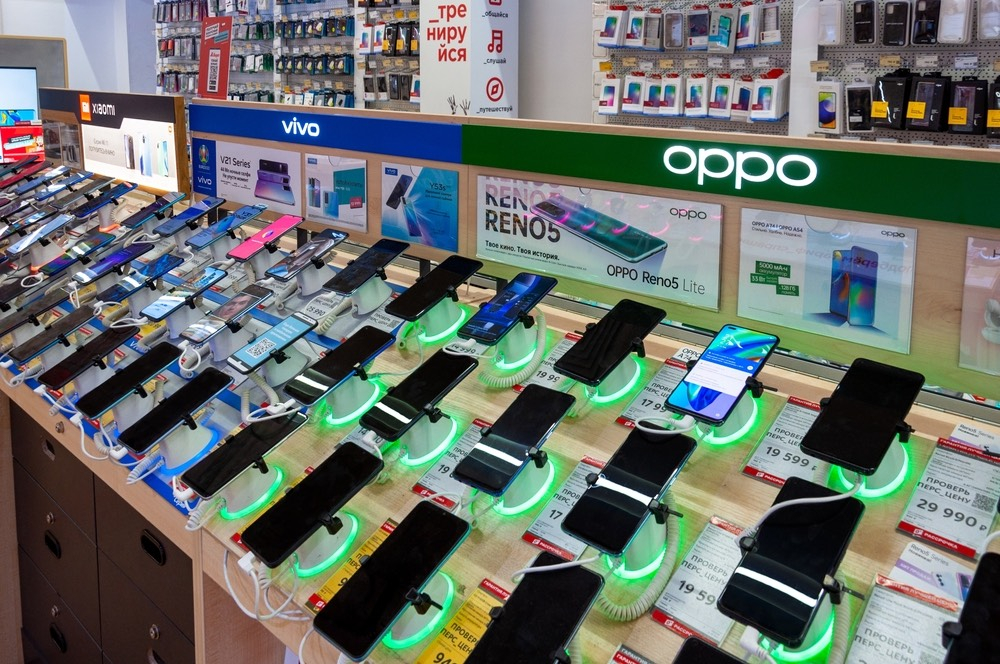EU Commission uncovers manipulative practices by online shops
Online shops often use manipulative practices to urge consumers to buy or subscribe. This is the result of an investigation by the EU Commission, which examined 399 online shops.
The European Commission has investigated retailers’ online shops. The national consumer protection authorities of 23 member states as well as Norway and Iceland were also involved in the so-called sweep.
The consumer advocates have checked a total of 399 online shops. As a result, more than a third of these shops use so-called dark patterns – i.e. manipulative practices to deceive customers.
Contents
EU controls online shops: What is behind the investigation?
The study was carried out by the Consumer Protection Cooperation Network, or CPC-Netz for short. The consumer protection authorities of the EU member states have joined forces here. The sweeps of the CPC network are coordinated at EU level.
The results of the most recent study have shown that 148 of 399 online shops surveyed use so-called dark patterns. The consumer advocates examined retailers of various goods.
“The inspection revealed that almost 40% of online shopping sites use manipulative practices to exploit consumer vulnerabilities or to deceive them,” said EU Justice Commissioner Didier Reynders.
This behavior is clearly wrong and violates consumer protection rules. Binding instruments are already in place to tackle this, and I call on national authorities to use their law enforcement powers to take appropriate action to combat these practices.
The EU Commission will also review its regulations so that they are “adapted to the digital age” and “dark patterns are sufficiently taken into account”.
The focus was on three dark patterns
Each of these 148 websites contained at least one of the three dark patterns examined. And the apps belonging to the online shops also used such practices in 27 out of 102 cases.
42 of the shops examined have implemented wrong countdown counters on their websites. This artificially created shortage of time is intended to encourage consumers to buy certain products.
In 54 of the online shops, visual design or language means that customers were pushed to make certain decisions. This can be the conclusion of a subscription or certain delivery options.
However, the online shops examined used the third type of dark pattern most frequently. Important information is hidden on the website or is difficult to recognize due to its presentation. This includes, for example, information about delivery conditions.
What does the EU investigation mean for affected online shops?
After the investigation, it is now up to the national consumer protection authorities. Because they have to get in touch with the affected shop operators.
As a first step, retailers are informed of the defects in their online shop. Further measures then depend on the applicable national law.
But the authorities will not only contact shops of the current sweep. Online retailers whose business practices attracted attention in a study in 2022 are also on the list.
Also interesting:



